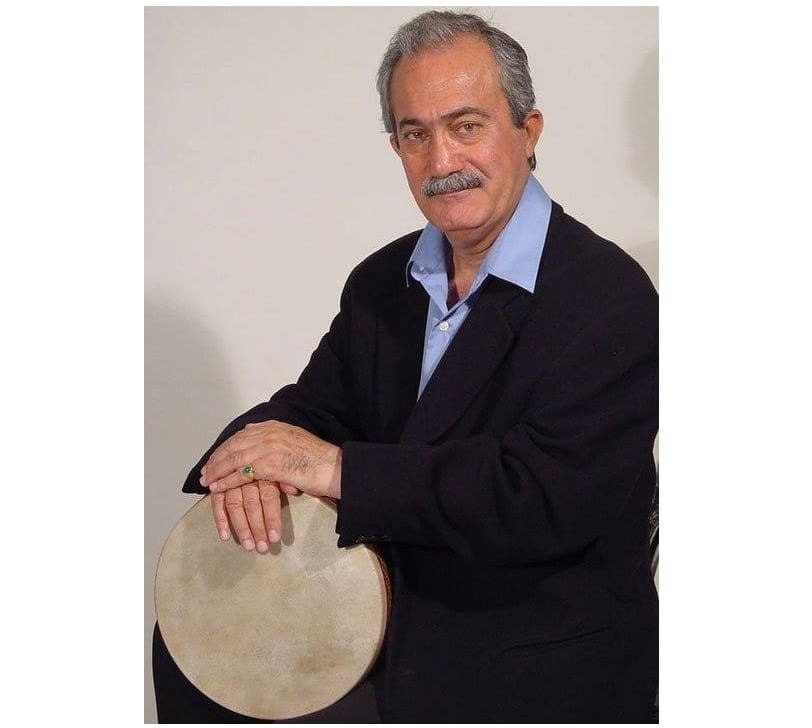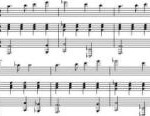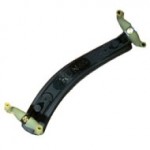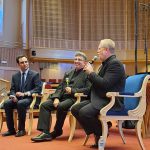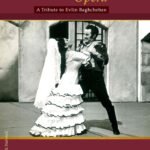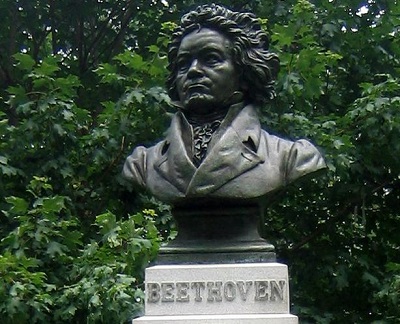
If we accept the following two principles in identifying an artwork:
• An artwork is created by a human artist;
• An artwork is unique, and its uniqueness stems from the impossibility of its replication (except, perhaps, by the community of artists!);
then we are, by implication, granting legitimacy to the inclusion of a criterion called history.
This is because, unless we know when a work of art was created, we cannot accurately judge how difficult or easy it was to produce.
Imagine that, in the course of historical research, we discover a musical piece whose compositional techniques (including form, melody, texture, and orchestration) resemble those of a second-rate 19th-century composition. But further investigation reveals that this work predates that period by 200 years. Can we still deem it insignificant? Certainly not. Here, the first major role of historical judgment becomes evident.
Consequently, one might conclude that artworks should not be evaluated apart from their historical context. However, we also know that many works have retained their vitality for decades—perhaps centuries—under labels such as timeless art or eternal masterpieces. This raises a fundamental question: If history plays such a crucial role in determining the quality of an artwork, how can we speak of timelessness—of being beyond history?
Perhaps the most reasonable answer to this question is:
• Not every work of art is timeless;
• Even timeless works must first pass an initial historical evaluation—that is, they must prove themselves to be non-derivative. However, their “expiration date” remains undefined;
• One should not forget that a valuable work of art may eventually become a model for imitation. Still, later imitations can only qualify as art if they maintain a meaningful distance from the original.
Let us return to the earlier example of the discovered work. Can we consider it a timeless masterpiece? Clearly not—because we initially judged it to be mediocre. But can we call it a work of art? Yes, because once we uncovered its date of origin, we recognized it as remarkable for its own time.
Therefore, not every work that is considered art at a particular moment in time will necessarily retain that status across all periods.
Postscript:
Timelessness may best be understood as the result of ongoing critical engagement with a work by music lovers across different eras.
From Honar-e-Musiqi Magazine, Issue 181
